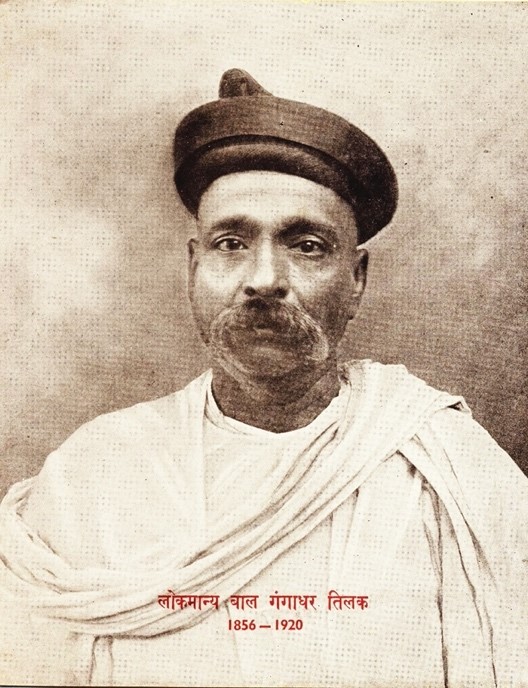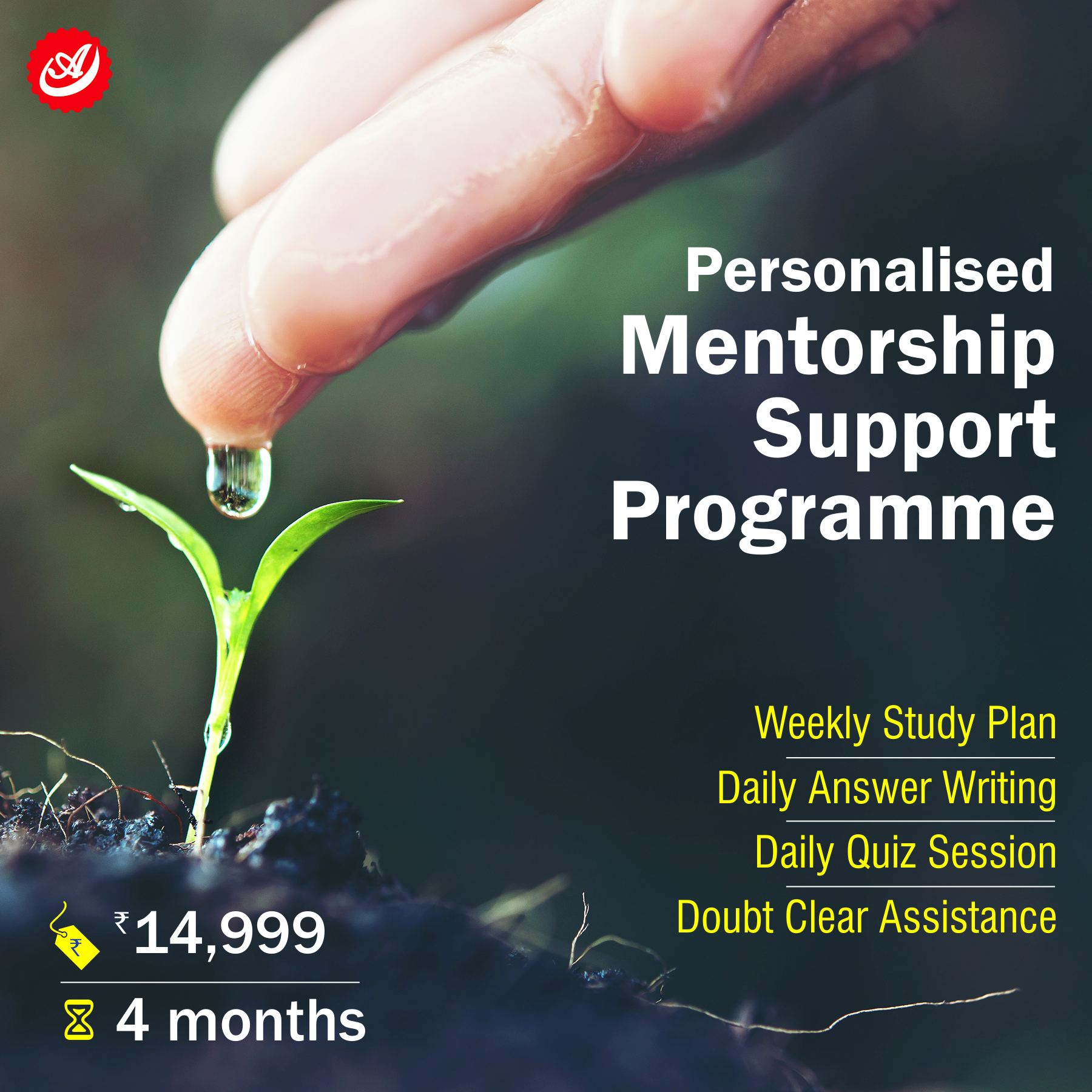Description

Disclaimer: Copyright infringement not intended.
Context
- The Prime Minister, Shri Narendra Modi has paid tributes to Lokmanya Tilak on his Jayanti and said that the story of his courage, struggle and dedication in the freedom movement will always inspire the countrymen.
Details
Early Life and Education
- Bal Gangadhar Tilak was born on 23 July 1856 in Ratnagiri, Maharashtra, India, to a Marathi Hindu Chitpavan Brahmin family.
- His father, Gangadhar Tilak, was a school teacher and Sanskrit scholar.
- Tilak married Tapibai (later known as Satyabhamabai) at the age of sixteen.
- He completed his Bachelor of Arts in Mathematics from Deccan College, Pune, in 1877, and later obtained an LLB degree from Government Law College.
The Father of the Indian Unrest
- Bal Gangadhar Tilak was a prominent Indian nationalist, teacher, and independence activist.
- He was an instrumental figure in the Indian independence movement and was known for his assertive approach in seeking self-rule for India.
- The British colonial authorities often referred to him as "The father of the Indian unrest" due to his active role in mobilizing the masses and advocating for radical measures to challenge British colonial rule.
Political Ideology
- Tilak was a strong proponent of Rashtriyatva, which can be translated as Nationalism.
- He firmly believed in the idea of a united India where Indians would have control over their own destiny.
- He joined the Indian National Congress in 1890 and became a part of the extremist faction within the party. This faction advocated for more assertive and radical measures in the struggle for independence, often differing from the moderate approach of the Congress leadership at that time.
- One of Tilak's most famous slogans was "Swarajya is my birthright and I shall have it!". This phrase became a rallying cry for the Indian independence movement, emphasizing Tilak's unwavering commitment to the idea of self-rule for India and the assertion of Indian rights.

Educationist
- Recognizing the importance of education in empowering the Indian masses, Tilak co-founded the New English School in 1880. The school aimed to provide quality education to Indian youth and foster a sense of pride in their culture and heritage.
- The need for improved education and a sense of national identity prompted Tilak and his college friends to establish the Deccan Education Society in 1884.
- The Deccan Education Society's goal was to create a new system of education that would teach young Indians nationalist ideas by emphasizing Indian culture and heritage. As part of this initiative, Fergusson College was established in 1885, and Tilak himself taught mathematics at the college.
Freedom Movement
- In response to the Partition of Bengal implemented by Lord Curzon in 1905, which was seen as a British strategy to divide and weaken the Indian nationalist movement, Tilak played a significant role in promoting the Swadeshi Movement.
- The Swadeshi Movement encouraged Indians to boycott foreign goods and promote indigenous products, fostering a spirit of self-reliance and unity among the Indian masses.
- Tilak reunited with his fellow nationalists and rejoined the Indian National Congress during the Lucknow Pact in 1916, bridging the divide between the extremist and moderate factions within the party.
- In the same year, he co-founded the All India Home Rule League along with G. S. Khaparde and Annie Besant. The league aimed to seek self-rule for India and played a crucial role in mobilizing public support for the freedom movement.
Religio-Political Views
- Tilak sought to unite the Indian population through a combination of anti-British sentiment and pro-Hindu activism.
- He believed that by tapping into the original principles of the Ramayana and the Bhagavad Gita, he could inspire a sense of nationalism and unity among Indians.
- Tilak named this call to activism karma-yoga, aligning political action with spiritual duty.
- To foster a sense of national spirit and unity, Tilak utilized cultural and religious festivals like the Ganapati festival and Shiv Jayanti. He saw these occasions as opportunities to awaken the spirit of patriotism and mobilize the masses towards the cause of independence.
Books
- Bal Gangadhar Tilak was not only an activist but also a prolific writer.
- Among his notable works is "The Arctic Home in the Vedas," where he proposed that the Vedas were composed in the Arctic and brought south after the last ice age. This theory generated significant debate among scholars but reflected Tilak's interest in connecting Indian history and culture with ancient global civilizations.
- In "The Orion," Tilak attempted to calculate the time of the Vedas using the position of different Nakshatras (stars). He delved into astronomical interpretations of ancient texts to establish their antiquity and cultural significance.
- While in prison at Mandalay, he wrote "Shrimadh Bhagvad Gita Rahasya" (The Secret of the Bhagavad Gita). In this work, Tilak provided an in-depth analysis of Karma Yoga as described in the Bhagavad Gita, relating it to the contemporary Indian struggle for independence. The book became widely read and respected for its insights into the philosophical and practical aspects of the Gita.
Newspapers
- Tilak was associated with two influential weeklies - Kesari (Marathi) and Mahratta (English).
- Through these newspapers, he played a crucial role in spreading nationalist ideas and mobilizing public support for the freedom movement.
- The newspapers became a platform for Tilak to express his views on political and social issues, reaching a wide audience and galvanizing the Indian masses in their quest for independence.
Legacy
- Bal Gangadhar Tilak's contributions to India's struggle for independence and his emphasis on cultural and educational revival left a lasting impact on the nation's history.
- His unwavering commitment to the principles of nationalism and self-rule inspired generations of Indians to continue the fight for freedom.
- Tilak's legacy as an educationist and journalist also continues to be celebrated for its role in empowering the Indian population through knowledge and information dissemination.
- Today, he is remembered as one of India's great leaders and a symbol of the country's relentless pursuit of independence and self-determination.

Conclusion
Bal Gangadhar Tilak's contributions to the Indian independence movement earned him the title "Lokmanya" (accepted by the people as their leader). He is remembered as a fearless and dedicated freedom fighter who inspired millions of Indians to fight for their rights and independence. Tilak's legacy continues to be celebrated through various commemorations, films, and public institutions dedicated to him.
|
PRACTICE QUESTION
Q. How did Tilak’s political ideology influence the freedom movement, and what impact did his newspapers have on mobilizing public support? Provide examples and historical context to support your answer. (250 words)
|
https://pib.gov.in/PressReleasePage.aspx?PRID=1941821







